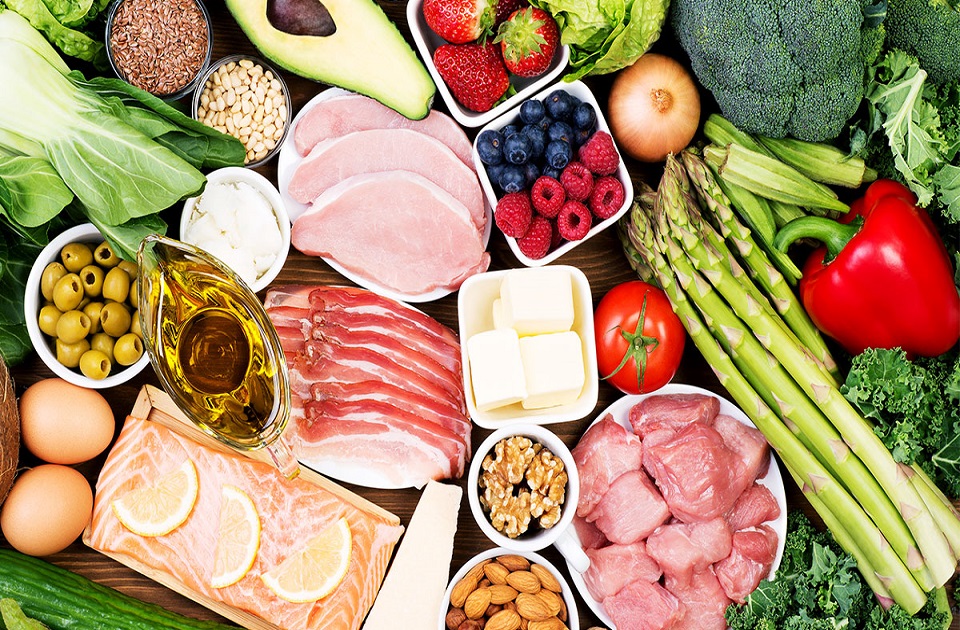Athletes achieve peak performance by following endurance athlete meal plan and intense training. The link between a good athletic body and nutritious food is well established. Interest in nutrition and its effect on sporting performance is now science itself. No matter if you are a competing athlete, a weekend sports player, or a daily exerciser, the basic of the enhanced performance is a nutritionally correct diet. How athletes think about fat is evolving. The utilization of fat as an energy booster relies on the intensity and duration of the workout and the athlete’s performance. The intense workout may increase the athlete’s need for essential protein.
Becoming an elite athlete requires great nutrition, a great diet, and an intense workout. There is no doubt that an optimal diet is crucial for great athletic performance. Most people believe that fats are bad, generally. Even from a body-image outlook, we link eating fats with weighing more, and many people look at it negatively for sports performance. However, the truth is, fat plays an essential role in nutrition; they store energy, help in the absorption of vitamins, and offer insulation—moreover, fat aid sports performance, especially endurance sport, which is performed at lower endurance.
What are fats?
Fats are also called fatty acids and lipids. They are the substance that uses some vitamins and keeps the skin healthy. They are a great way to store energy in the body. There are various fats like saturated, unsaturated, polyunsaturated, monounsaturated, and trans fats. To sustain your blood, cholesterol, and lipids levels as near the normal ranges as possible, limiting the number of saturated fats and cholesterol in our diets. Saturated fats add to blood levels of LDL (”bad”) cholesterol. The number of saturated fats should be restricted to less than 10% of total caloric intake. The amount of dietary cholesterol should be restricted to 300 mg/day.
Fats are rich in calories. Fats are slower to oxidize than carbohydrates. It is the reason why our bodies go to carbs when they require energy quickly. But, in slow and steady types of workouts, fats are essential.
How can you categorize fat for sports?
There is an overlap between saturated fats and polyunsaturated fats. Monounsaturated fats and a small number of polyunsaturated are good. However, it’s just not the fats themselves that are beneficial, but the various nutrients that may be found in the same food simultaneously.
Great food sources of fat involve dairy products, meat, fish, poultry, fruits and vegetables, nuts, avocados, and seeds. They may consist of saturated fats, but they come in good form; in good form, be totally diverse from having them with biscuits, crisps, and food that’s extremely processed, where you have a more moderate number of nutrients that surround that fat.
What percentage of fat should you eat?
It is challenging to uncover the best balance between the total number of calories and the percentage of different nutrients. How many calories you intake in one day may be quite different, relying on your total energy needs for growth or the type of workout you are doing.
In simpler words, two people can eat the same total grams of fat per day. However, that may equal 10 percent of their regular caloric consumption for one person, while for the second one, 20-25 percent. Both percentages are fine if they are consistent with each athlete’s goals. Therefore, rather than aiming for a fixed percentage, use grams (macronutrients) per kg of body weight per day. You should usually work out the carbohydrate and protein amounts first and fill in the fat requirements.
If an athlete’s objective is to lose weight, there is no way to do it healthily and sustainably. Generally, in terms of reducing energy consumption, sometimes it’s easier to reduce fat intake to get a larger energy deficit. Other detailed strategies would target metabolic intervention that triggers metabolic benefits. It improves fat metabolism, which is vital in endurance performance. It would include fasted training and time-bounded training. It will try to reduce the number of hours over the day that someone is eating. In this way, you will finish eating early in the evening and start eating later that day.
With time-bounded feeding, you would be setting a limit. You would be only eating between 10 in the morning until 7 at night, so you reduce the number of hours you have food intake and improve those you are fasting. Getting the right body composition where you have got the correct muscles in the right places and doing the work without having additional load to carry is the goal—not only to lose weight. Even then, the main objective for any athlete should be their global health. It’s normal for an athlete’s efforts to change their body composition beyond their genetic predisposition to lead to health, physiological, and psychological problems.
However, we are bound to burn fat in training; in the race, the necessity to burn carbohydrates is necessary. Endurance athletes need to make sure we have got those pathways as well.


